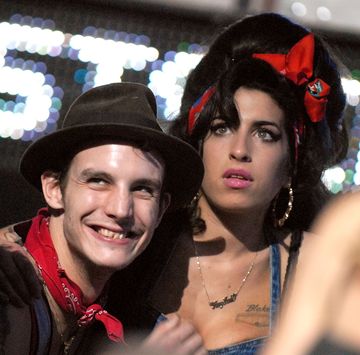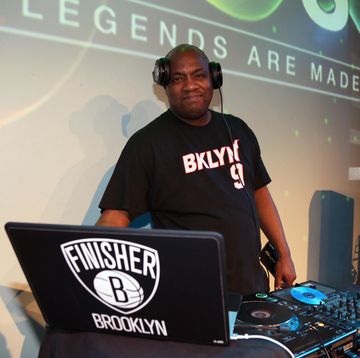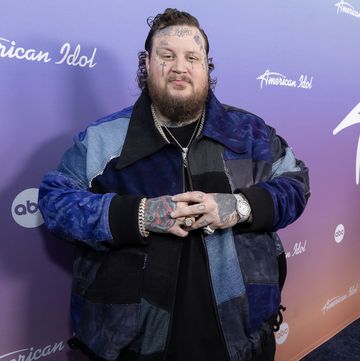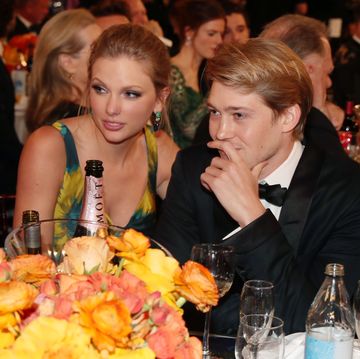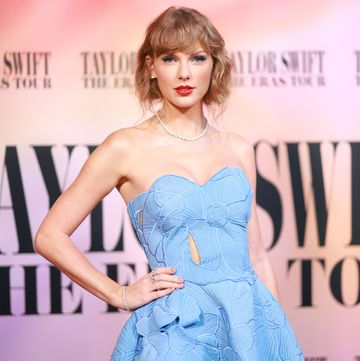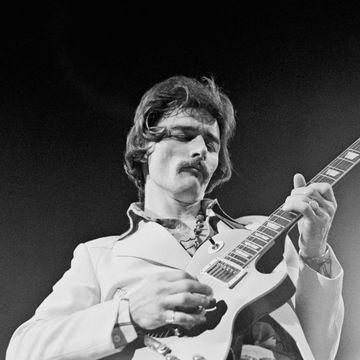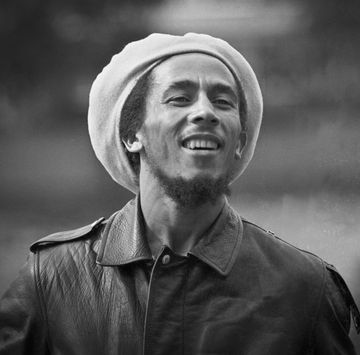In the early months of 1986, songs like Dionne Warwick’s “That’s What Friends Are For,” Robert Palmer’s “Addicted to Love” and Whitney Houston’s “Greatest Love of All” dominated the Billboard charts. The hype over Aerosmith — who had six platinum hits in the 1970s — had cooled down. While hip-hop and rap was finding its way, the genre was mostly self-contained — far away from the reaches of mainstream music.
So when Aerosmith’s manager Tim Collins answered a phone call from hip-hop producer Rick Rubin, proposing a collaboration with rap group Run-DMC, Collins’ answer, according to The Guardian, was, “What’s rap?”
Indeed, the two groups were in as different stratospheres as could be. The Boston rock band — made up of Steven Tyler, Joe Perry, Tom Hamilton, Joey Kramer and Brad Whitford — were bonafide music legends who had hit a rockstar midlife crisis, as their singles didn’t skyrocket the way they used to and substance abuse started infiltrating the band.
Meanwhile, the rap trio from Holis, Queens — which included Joseph Simmons (“Run”), Darry McDaniels (“DMC”) and Jason Mizell (“Jam Master Jay”) — rebranded themselves as Run-DMC in 1983 while they were still teens and they were intimately familiar with Aerosmith’s music. Mizell had been using Aerosmith’s 1975 hit “Walk This Way” between his decks and Run had rapped over the track since he was 12, according to The Guardian.
But it was the genius move to combine the two disparate groups that created one of the greatest genre-crossing hits — and arguably changed the face of American music forever.
Rubin wanted a 'white rock song that can be turned into a rap song'
Mixing up genres wasn’t a new concept for Rubin. He had already sampled AC/DC’s riff from “Back in Black” for the Beastie Boys’ Def Jam debut “Rock Hard.” Even though he was technically finished with Run-DMC’s Raising Hell album in 1986, he still felt like it was missing something, according to Geoff Edgers’ 2019 book Walk This Way: Run-DMC, Aerosmith and the Song that Changed America Forever.
He felt he needed a tool — a secret weapon of sorts — to take the rap group out of its underground scene and propel them to mainstream success so that others could understand how nuanced and intelligent the genre is.
“I was looking for a way to bridge that gap in the story of finding a piece of music that was familiar and already hip-hop friendly so that on the hip-hop side it would make sense and on the non-hip-hop side you’d see it wasn’t so far away,” Rubin said. So he called up Tim Sommer who used to be a NYU radio jockey with a very specific request: “I need a white rock song that can be turned into a rap song.” And that’s when the idea of “Walk This Way” came up.
A magazine editor claims she introduced Aerosmith to Run-DMC's music
While they did brainstorm using the track on a phone call, another account came from former Spin magazine editor Sue Cummings who said she had been covering a profile on Run-DMC when she had a thought sparked by Run’s riff of “Walk This Way.”
“I wondered what a bunch of aging classic rockers would make of this recognition by a new generation,” Cummings — who once dated Sommer — wrote in Spin in April 1986. “Aerosmith were just out of rehab and their last album, Done With Mirrors, was flagging. Maybe an association with a young group in a hot new genre would freshen their image.”
She happened to be going to Boston to interview Aerosmith, so she dialed up Rubin and asked for a tape of Run-DMC to bring along. “When I met up with the band, I proposed the collaboration,” she wrote. “Aerosmith had never heard of Run-DMC when I handed them that cassette, but they were willing to take the risk of working with a new artist.”
While the accounts are jarringly different, Cummings suggested years later that both sides could be right since she talked so often to Sommer and Rubin. “I don’t dispute that Tim suggested it to him, but I suggested it to him too. It might have been that Tim and I thought of it,” she said in the book.
While Tyler 'loved rap,' Perry wasn't too familiar with the genre
Next came the step of actually bringing the bands together, so Rubin started by reaching out to John Kalodner at Geffen Records, Aerosmith’s label. The band had released its first album after reuniting in 1985 called Done with Mirrors — and it was treading waters. So he took a chance on the meeting with Rubin… who was so young that he was running his label from his dorm room.
“It looked like a bum slept there, and here’s this guy who looks like some young schlub,” Kalodner said in the book. “Except he spoke so clearly and he had such a clear vision of what he wanted to do.”
Then came the call to Collins. After getting him on board, it was time to approach the band members.
Tyler was immediately excited according to the book: “I loved rap… I used to go looking for drugs on Ninth Avenue and I would go over to Midtown or Downtown and there would be guys on the corner selling cassettes of their music. I’d give them a buck, two bucks, and that was the beginning of me noticing what was going on in New York at the time.”
Perry knew less about the genre and it was his then 13-year-old stepson Aaron who schooled him. “I was so into rap,” the son of Perry’s wife Billie Paulette Montgomery said. “I’ve always had an eclectic taste in music… I got turned on to a lot of college radio. That’s where I would hear Doug E. Fresh, the Sugarhill Gang, and that first Run-DMC album.”
Only the two of them were needed for the re-recording of the song — and the collaboration was on.
Aerosmith was paid $8,000 for the one-day session
So on March 9, 1986, Tyler and Perry went to New York City’s Magic Ventures studio, getting paid $8,000 for the day. Meanwhile, Run-DMC was more concerned about getting an overdue rental car back, so they had to work quickly.
The meeting of the two worlds — and their assumptions about one another immediately grew clear. “Run and D and Jay were huddled in a corner, really intent on something. I go, ‘Joe, what are they doing?’” Tyler said in the book. “He says, ‘Probably smoking crack.’ Later we went over to the corner. They’d been eating lunch from McDonald’s.”
The iconic beats of the song were familiar to everyone involved (although the members of Aerosmith still argue about who came up with it). But the lyrics did cause some fundamental issues, with Run calling them “hillbilly gibberish ... Country bumpkin b***s**t!”
The video became a MTV staple
But the song got recorded, the rental car got returned and the McDonald’s Big Macs got digested — and as a result, a new version of “Walk This Way” made its way as the track onto Run-DMC’s 1986 album and became the No. 89 song on Billboard’s Year-End chart.
In a literal shattering of the wall between the two genres, the accompanying music video starts out showing the two bands on opposite sides of a wall before Tyler punches a hole to break down the barrier — and ends with the bands united on stage. It became so popular on MTV that it was shown twice an hour.
The success propelled Run-DMC into mainstream popularity (the album Raising Hell with the track on it went three times platinum) and gave Aerosmith the boost they needed to jumpstart their career (their 1987 album Permanent Vacation sold 10 times as many copies as its predecessor). But more importantly, it opened the doors for hip-hop and rap music to become part of mainstream American culture.
And all that came from the foresight of a young producer still living in his dorm room. “It’s one thing to say, ‘We’re going to mix rap and rock,’” Sommer described in the book of Rubin’s vision. “What Rick said is, ‘I’m going to take this definitively unfunky white music and I’m going to take that and mix that with rap.’... It’s an oversimplification to say mixing rap and rock. Anybody can do that. What Rick wanted was a specific kind of rock. That meathead kind of rock.”



